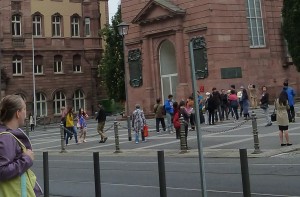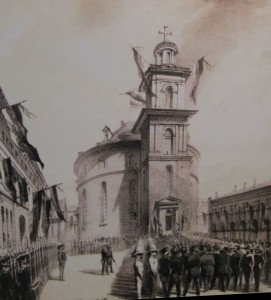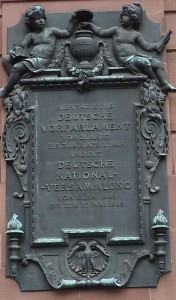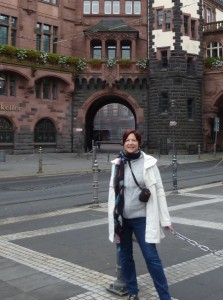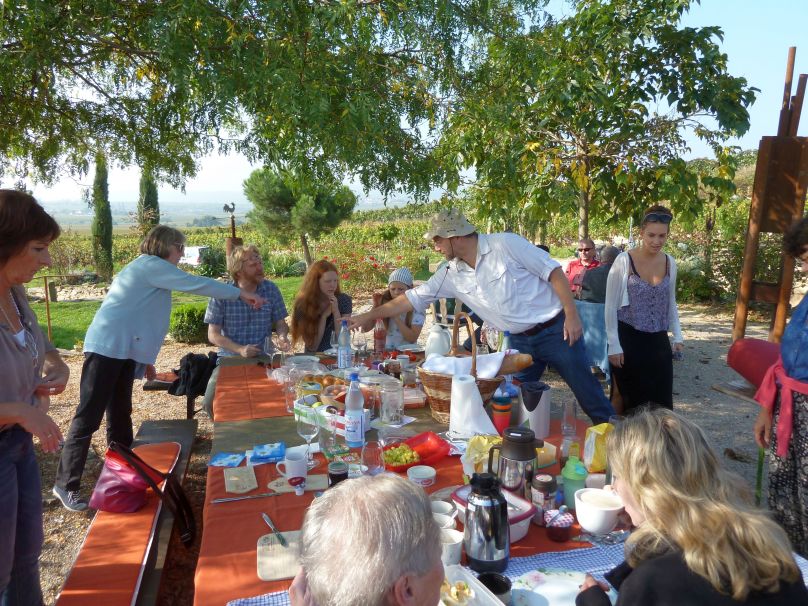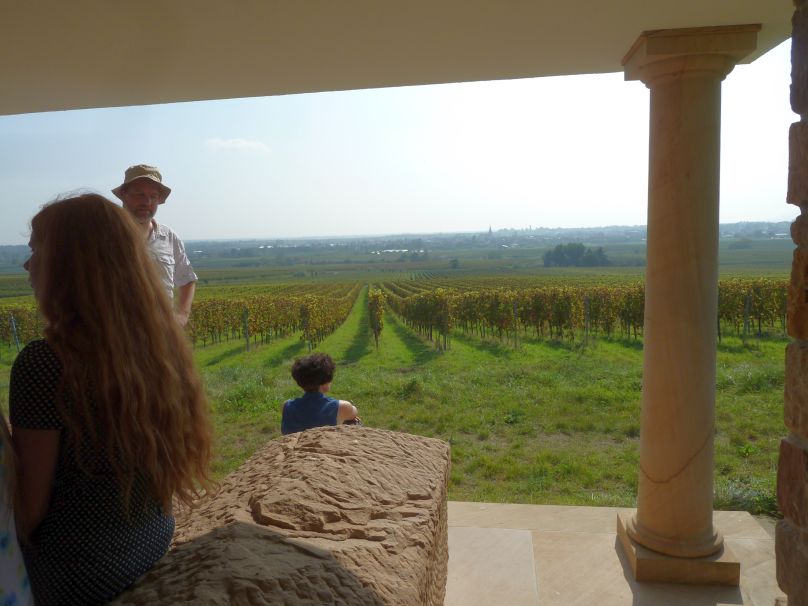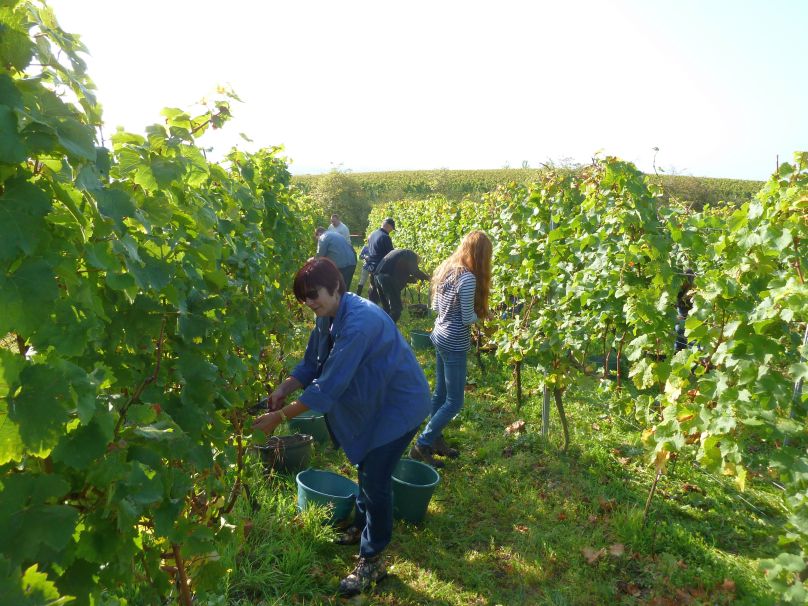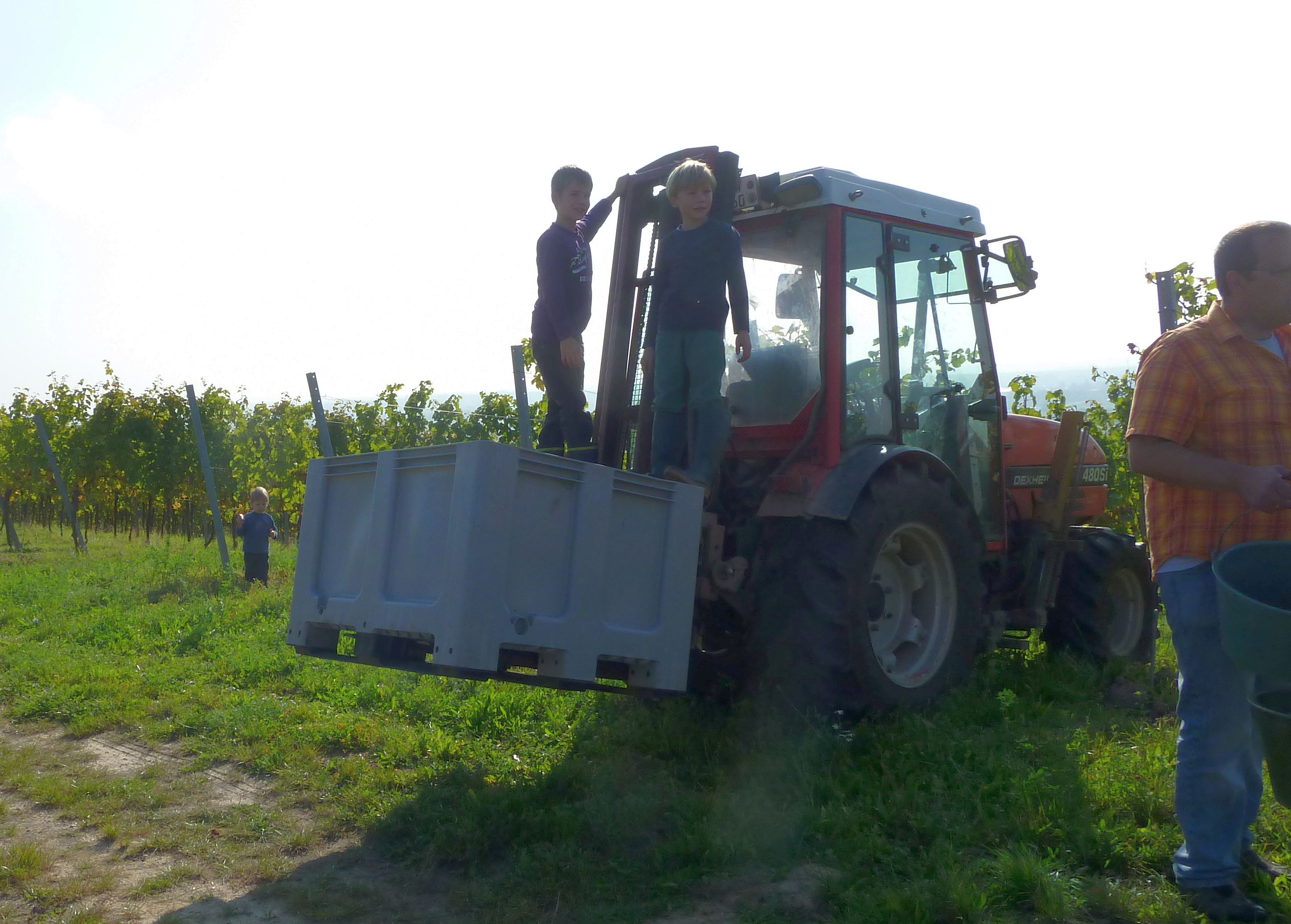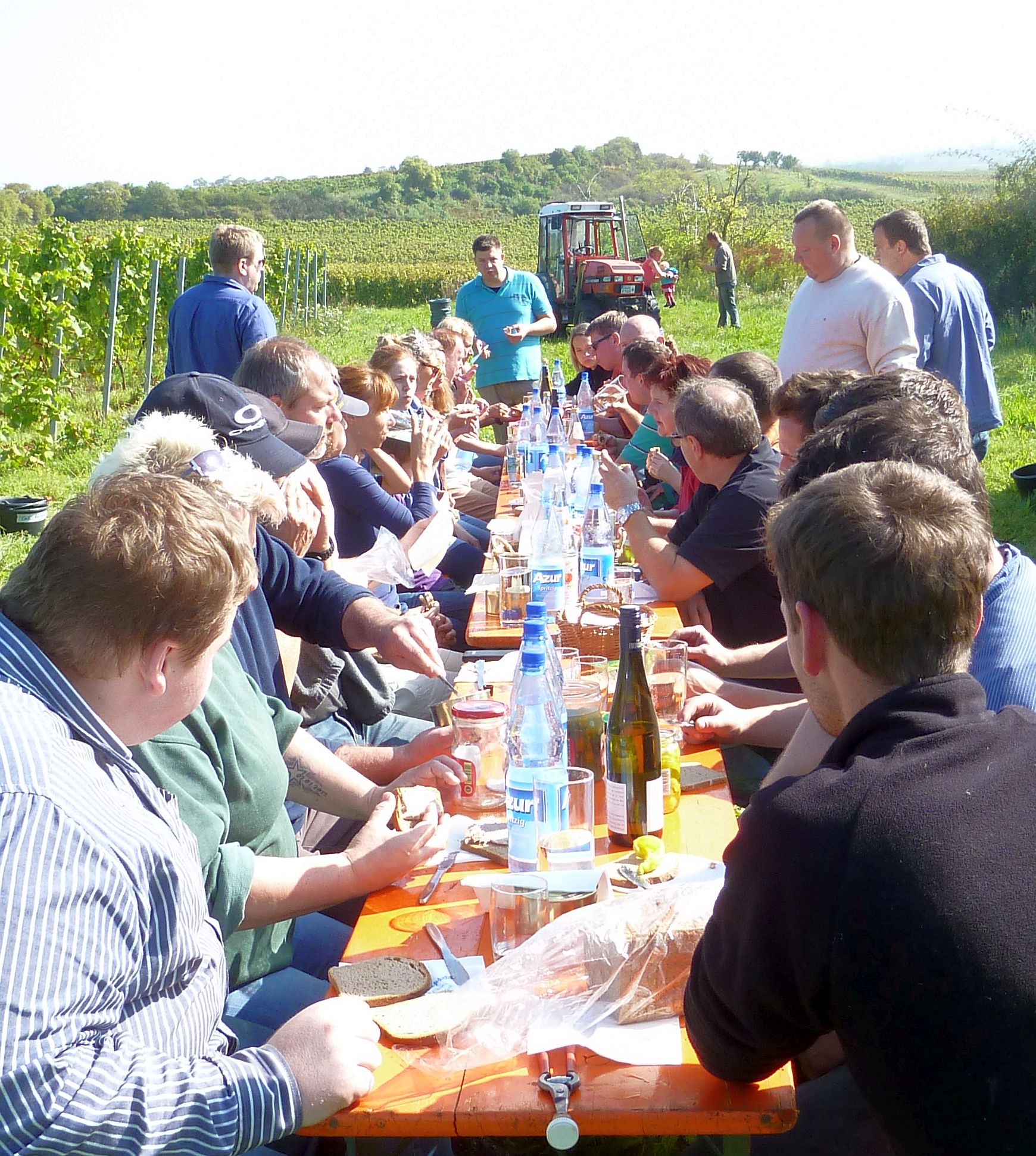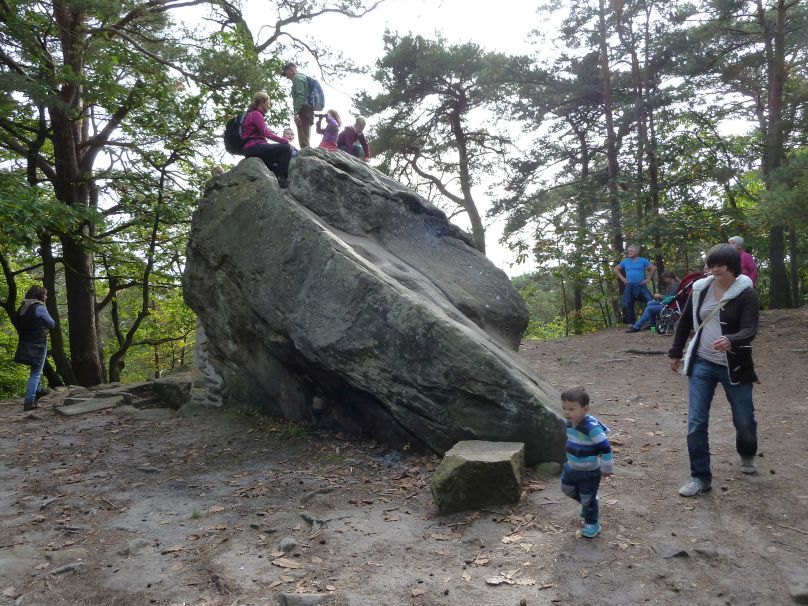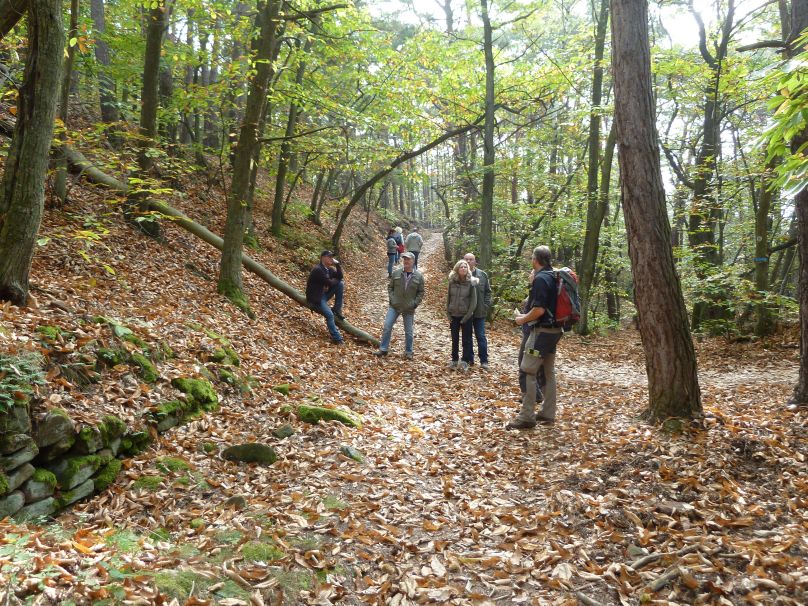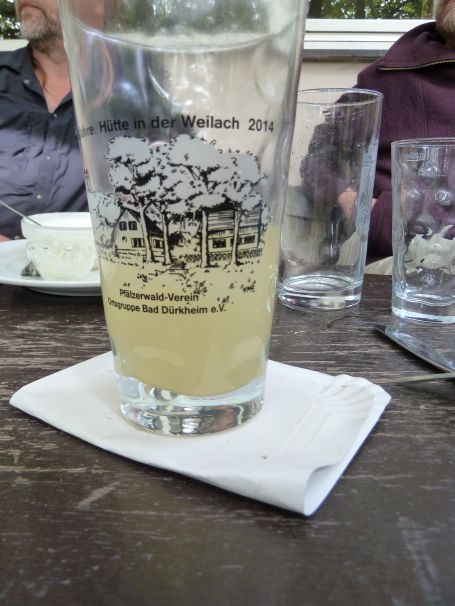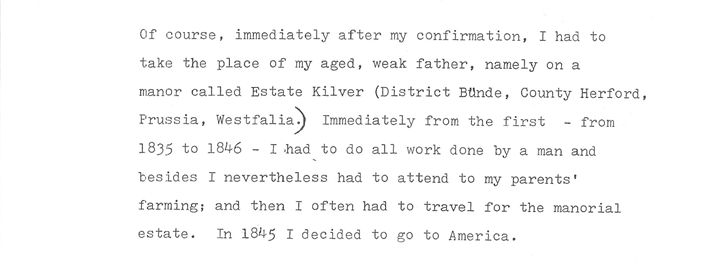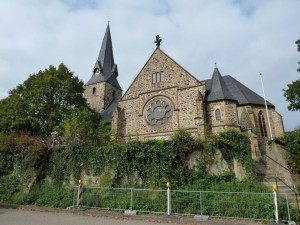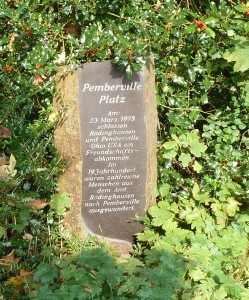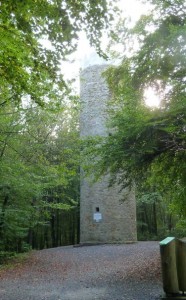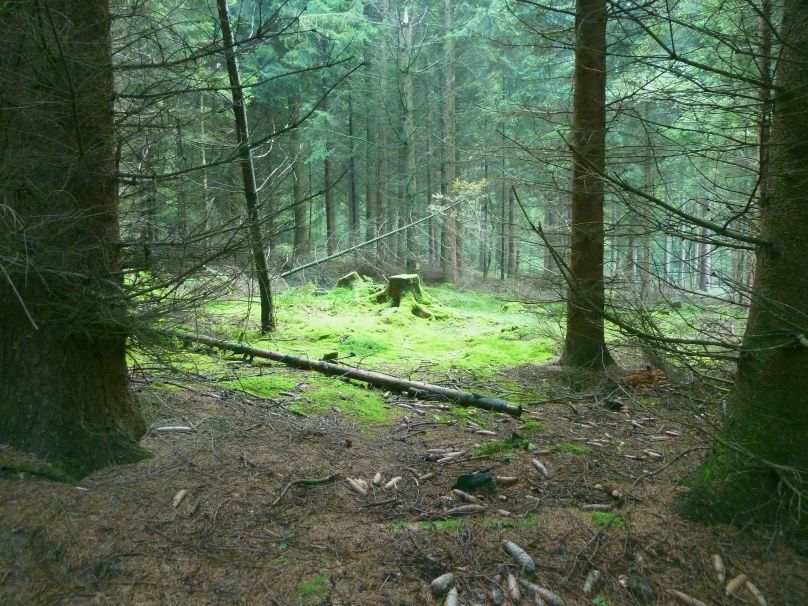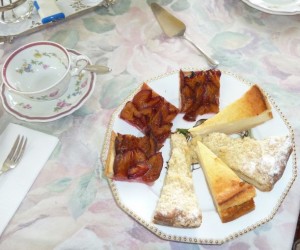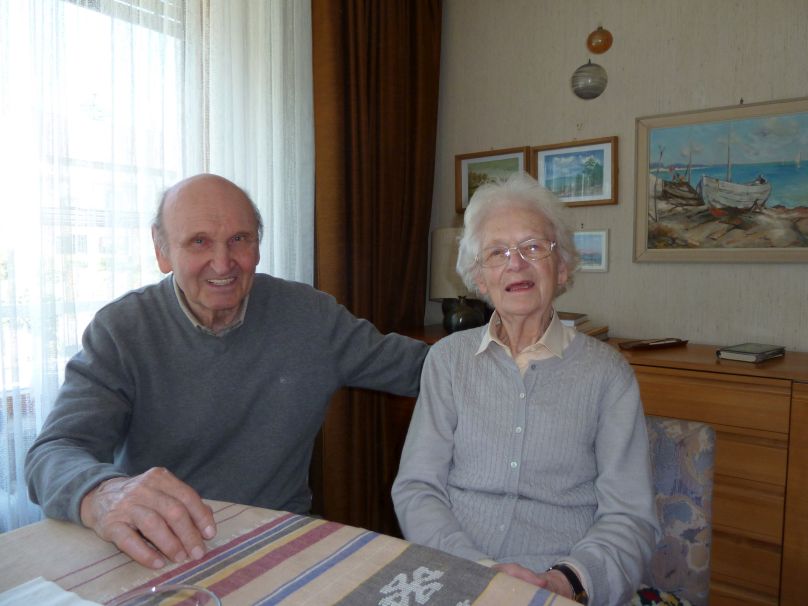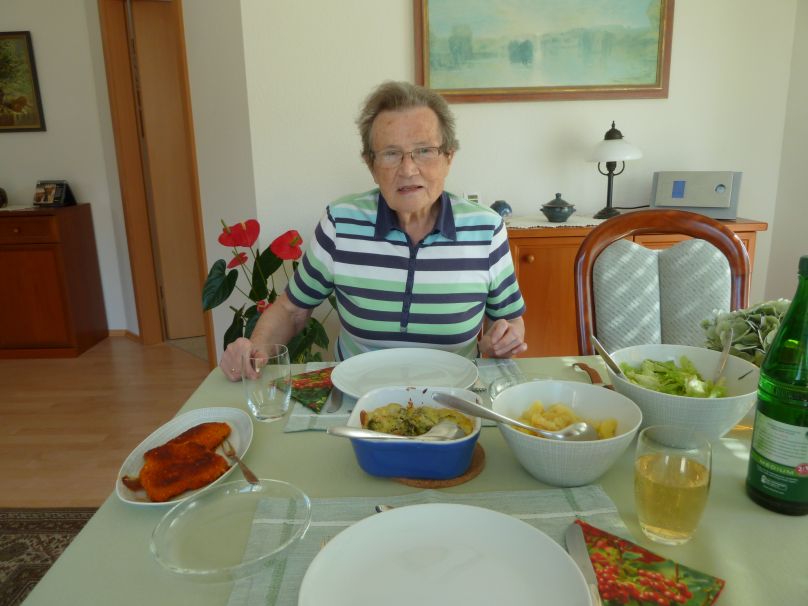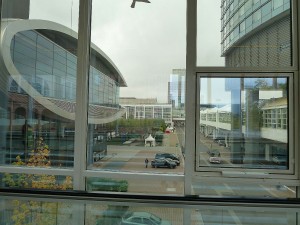 This October, I attended the international Frankfurt Book Fair (Frankfurter Buchmesse) for the first time. The Fair was everything I expected it to be — a massive assembly of book industry professionals gathered to do business in publishing and celebrate books. And more. Luckily, I didn’t go alone. I had my trusted friend Angela to help me navigate, a good thing because even though just about everyone speaks English, it really is important to know German as well. The halls were mobbed with 270,000 people speaking every language imaginable.
This October, I attended the international Frankfurt Book Fair (Frankfurter Buchmesse) for the first time. The Fair was everything I expected it to be — a massive assembly of book industry professionals gathered to do business in publishing and celebrate books. And more. Luckily, I didn’t go alone. I had my trusted friend Angela to help me navigate, a good thing because even though just about everyone speaks English, it really is important to know German as well. The halls were mobbed with 270,000 people speaking every language imaginable.
What was it like to be among them?
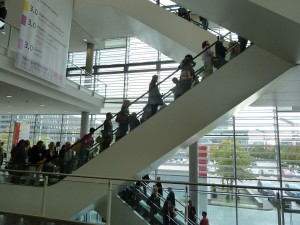 Mind-boggling. This annual event is, in a word, global. From big publishers to smaller ones, from Western European countries like Spain, Germany and the U.K. to Arab nations like Turkey and Iran, to India, China, Argentina, Brazil, Chile, Peru, New Zealand and Australia, African countries, Latin American ones, Canada and the U.S., all have a presence at the Frankfurter Buchmesse. It’s a marvelous microcosm of our populous, diverse and literate human race.
Mind-boggling. This annual event is, in a word, global. From big publishers to smaller ones, from Western European countries like Spain, Germany and the U.K. to Arab nations like Turkey and Iran, to India, China, Argentina, Brazil, Chile, Peru, New Zealand and Australia, African countries, Latin American ones, Canada and the U.S., all have a presence at the Frankfurter Buchmesse. It’s a marvelous microcosm of our populous, diverse and literate human race.
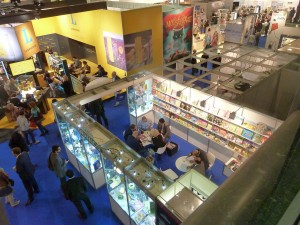 To start with, at first glance I was blown away by the elaborate nature of the exhibits. Publishers fly in with entire stage sets. They construct living rooms and libraries, replica kitchens and high-tech news rooms, then furnish them with tables and chairs, plants, art, and shelves and shelves of books.
To start with, at first glance I was blown away by the elaborate nature of the exhibits. Publishers fly in with entire stage sets. They construct living rooms and libraries, replica kitchens and high-tech news rooms, then furnish them with tables and chairs, plants, art, and shelves and shelves of books. 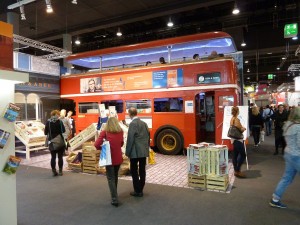 A British publisher even brought in a double-decker bus and set fruit crates full of books outside of it, to tantalize fair-goers with titles as if offering up sweet mangoes and crisp autumn apples.
A British publisher even brought in a double-decker bus and set fruit crates full of books outside of it, to tantalize fair-goers with titles as if offering up sweet mangoes and crisp autumn apples.
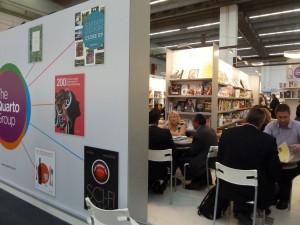 Why go to all this trouble? The exhibits are not just displays, but features of the hottest books on the market, set out to entice scouts and buyers with the newest titles and the best quality publishers have to offer.
Why go to all this trouble? The exhibits are not just displays, but features of the hottest books on the market, set out to entice scouts and buyers with the newest titles and the best quality publishers have to offer.
And they’re mobile offices. Meetings are going on constantly at every exhibit, sales reps at tables showing catalogs, touting bestsellers and potential breakout novels.
 In addition to publishing house exhibits, there are booths with translators, editors, universities, antique books, intriguing demonstrations. I especially enjoyed the demonstration of a Gutenberg press (pictured at left).
In addition to publishing house exhibits, there are booths with translators, editors, universities, antique books, intriguing demonstrations. I especially enjoyed the demonstration of a Gutenberg press (pictured at left).
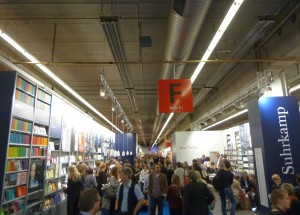
Besides which, around 9,000 press people are prowling the convention center halls, some trailed by TV cameras. The press are there to interview authors, agents and publishers, to dig up stories wherever they can. Graphic artists come to see what’s hot and interest publishers in their work, photographers and illustrators trawl the art books for ideas. An entire hallway is devoted to 2015 calendars, those big glossy full color ones that show up in bookstores around the holidays each year.
In contrast to the publisher book displays open to all, the international literary agent Hall 6.0 was arranged like a fortress, a long blocked-off hallway with guards at the front counter. You had to have an appointment, confirmed by a ticket, for access to office carrels staffed with international literary agents. These agents have come to plow through a long list of potential clients as well as negotiate sub-rights for books on their lists: mainly translation and foreign rights. They’re cordoned off for a reason. Appointment slots fill up three months in advance. “They do see individual authors, if you get to them in time,” Rita in the New York office of the Book Fair advised when I called a month before my trip. “Most have been full since mid-July.”
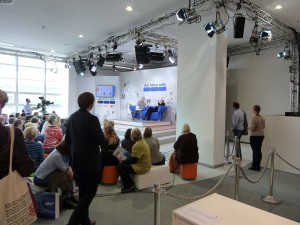 Big name authors are also sighted at the Fair. If you’re Ken Follett or Haruki Murakami, you’re invited to be on panels, or give interviews, or a reading and signing. There is an “author’s lounge,” where famous authors hang out with other famous authors.
Big name authors are also sighted at the Fair. If you’re Ken Follett or Haruki Murakami, you’re invited to be on panels, or give interviews, or a reading and signing. There is an “author’s lounge,” where famous authors hang out with other famous authors.
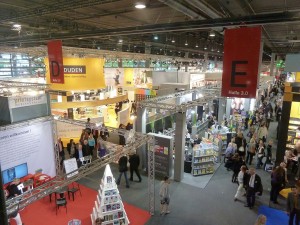 As a one-book indie author, I did not visit the author lounge, nor did I attend the Buchmesse with high expectations of fast results. Although the pre-Book Fair events offered a host of talks and panels on self-publishing, it is NOT really the venue for individual authors to attend, at great personal expense. It’s geared to the professional publishing industry. Although, rumor has it (and I mean rumor) that the Book Fair held in March at Leipzig is more author-friendly, I don’t know this for a fact. No doubt travel expenses to get there, obtain lodging, and return are equally steep.
As a one-book indie author, I did not visit the author lounge, nor did I attend the Buchmesse with high expectations of fast results. Although the pre-Book Fair events offered a host of talks and panels on self-publishing, it is NOT really the venue for individual authors to attend, at great personal expense. It’s geared to the professional publishing industry. Although, rumor has it (and I mean rumor) that the Book Fair held in March at Leipzig is more author-friendly, I don’t know this for a fact. No doubt travel expenses to get there, obtain lodging, and return are equally steep.
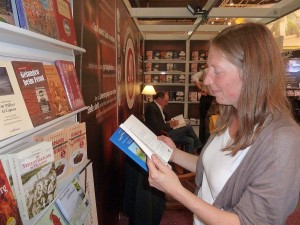 No, I went to the Frankfurter Buchmesse because I happened to be in Germany anyway to thank my Freinsheimer family and give a book presentation. And, it seemed like a fascinating opportunity to spend time with my cousin Angela and begin navigating the logistics of securing a German edition of my novel. She and I didn’t shell out big bucks (we stayed for free with a relative of hers in Frankfurt), and the entrance fee of about 72 Euros did not strike me as exorbitant.
No, I went to the Frankfurter Buchmesse because I happened to be in Germany anyway to thank my Freinsheimer family and give a book presentation. And, it seemed like a fascinating opportunity to spend time with my cousin Angela and begin navigating the logistics of securing a German edition of my novel. She and I didn’t shell out big bucks (we stayed for free with a relative of hers in Frankfurt), and the entrance fee of about 72 Euros did not strike me as exorbitant.
It turned out to be a great experience. While there, I had the chance to:
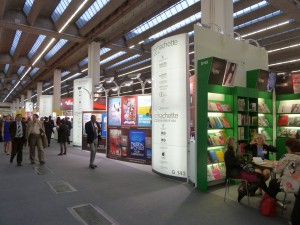
- examine the books of different German publishing houses, both national and regional. I picked up submission guidelines, got a feel for who might be interested in my genre (historical fiction) and topic (19th century technology boom, German immigration).
- speak with translators about prices, how long it takes to translate a novel, and ways to approach/find funding for translations. (Interesting side note: I learned a 300-page novel in English becomes a 500-page novel in German. Must be those long German words.)
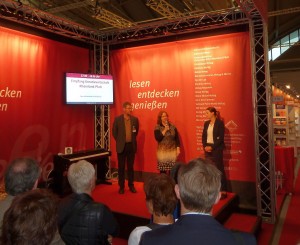 network with cultural/arts regional organizations that might offer funding for translating/publishing. (In truth, Angela did most of this networking in German, while I stood to one side and nodded wisely.)
network with cultural/arts regional organizations that might offer funding for translating/publishing. (In truth, Angela did most of this networking in German, while I stood to one side and nodded wisely.)- meet with an international rights agent (by previous appointment, of course) about the possibility of her representing my novel in the German book market.
- talk with two different regional (Palatinate area) publishers interested in publishing my novel.
Most of this, mind you, was thanks to Angela, who was brave beyond belief in approaching all kinds of people everywhere we went. While I still have many steps to take to achieve my goal of a German edition of The Last of the Blacksmiths, I feel much better informed about the international book market. The experience was awesome. Here are just a few insights I gained:
- there are good opportunities in international rights, if you have agent representation and a broader-themed book (for instance one with a multicultural setting rather than focused on specifically American issues. Oh yes, and impressive American sales).
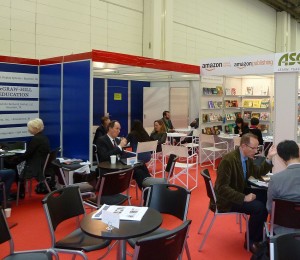
- just like in the U.S., the traditional book publishers are becoming more risk averse due to the transition and change created by digital and indie publishing. A good number of publishers point to Amazon (rather bitterly) as the culprit (Amazon had only a modest presence at the fair — I presume because they didn’t need a larger one).
- e-books are not as prevalent yet with publishers outside the U.S., largely because pricing and library lending policies are not well-regulated, making it a money loser.
- print-on-demand books are not as easy in Europe as in the U.S., since printing of them is commonly outsourced to China or India or Eastern Europe, making quality poor, and delivery slow (an average of one week to 10 days).
- in general, U.S. booksellers are separate from the rest of the international publishing world due to our insular perspective. “America is a one-way street,” one German publisher told me. “Americans like to send their books out to the world, but they aren’t so interested in bringing the world into America.”
On the flight home, I sat next to an editor who had been attending the Frankfurt Book Fair, too. “It was exhausting,” she said, “but I just loved being surrounded by so many people who love books.”
Me, too.

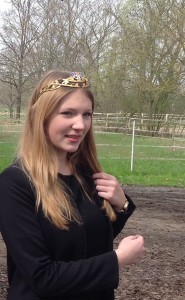


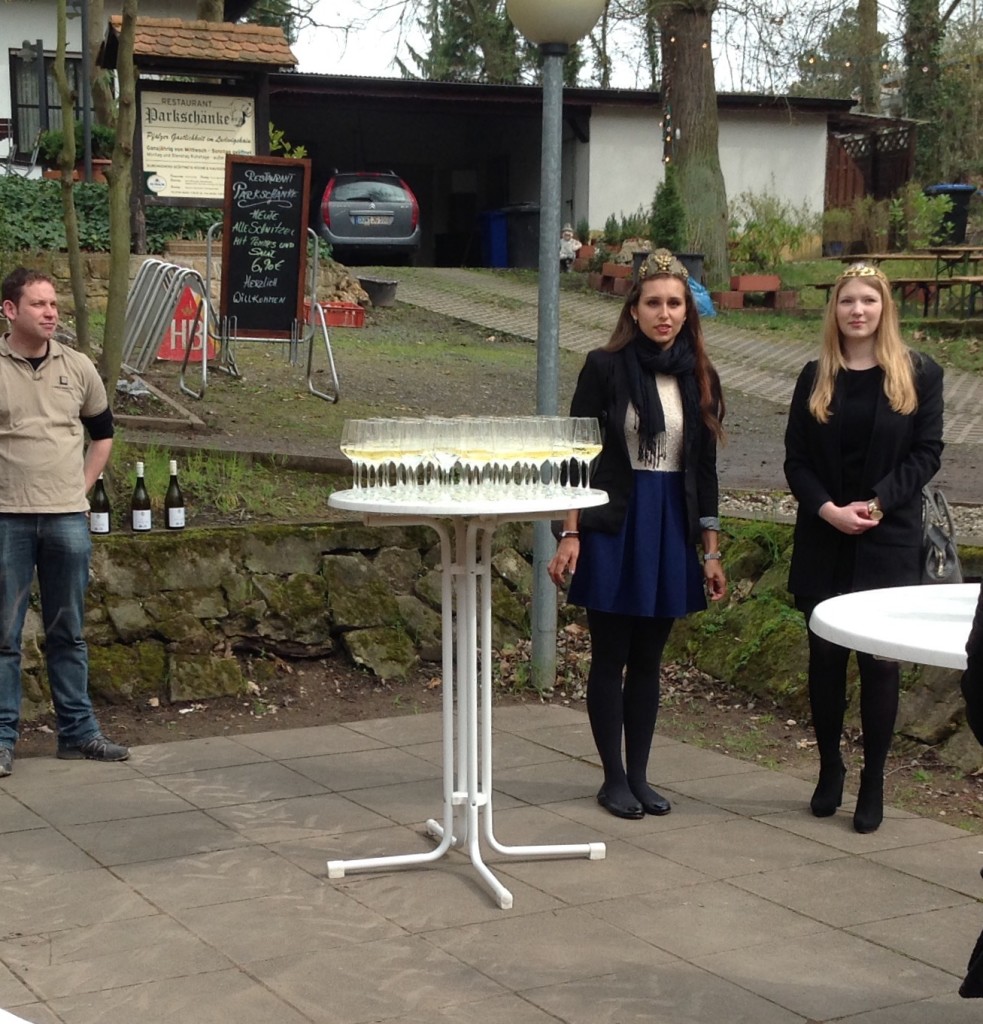
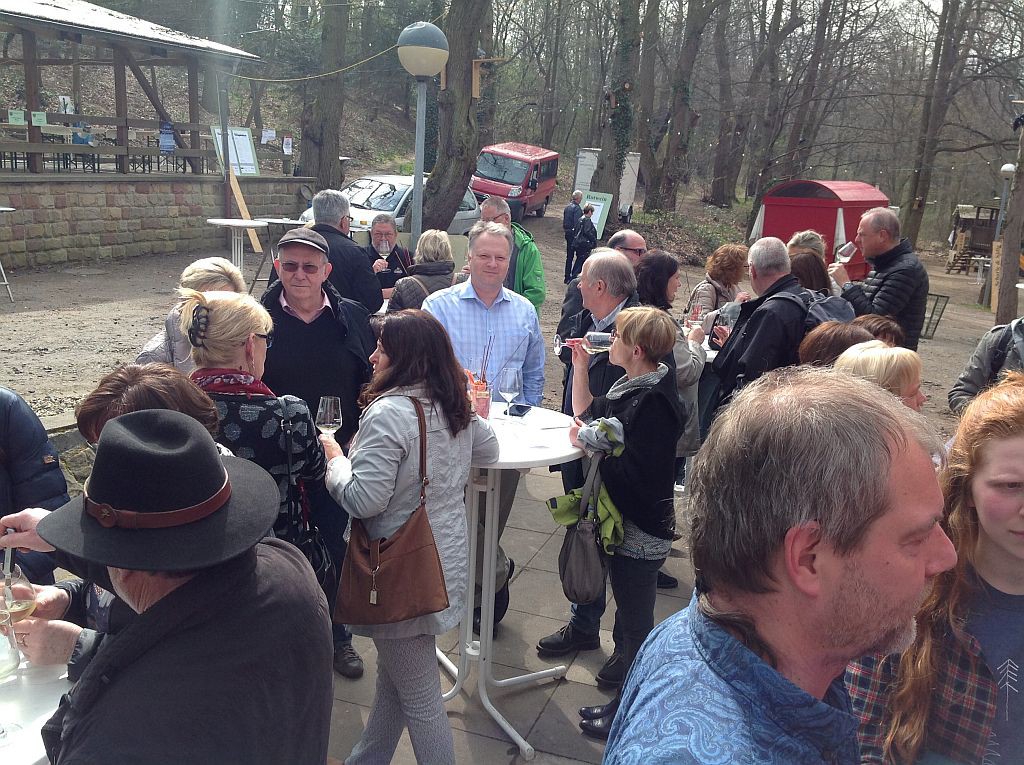
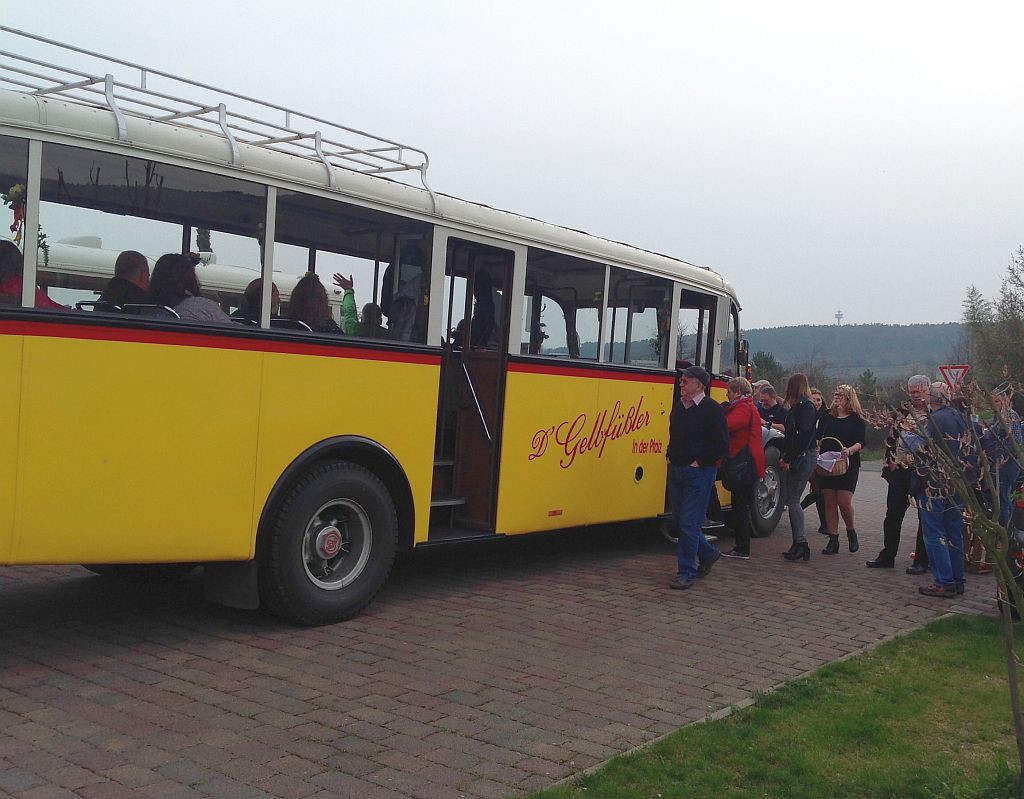
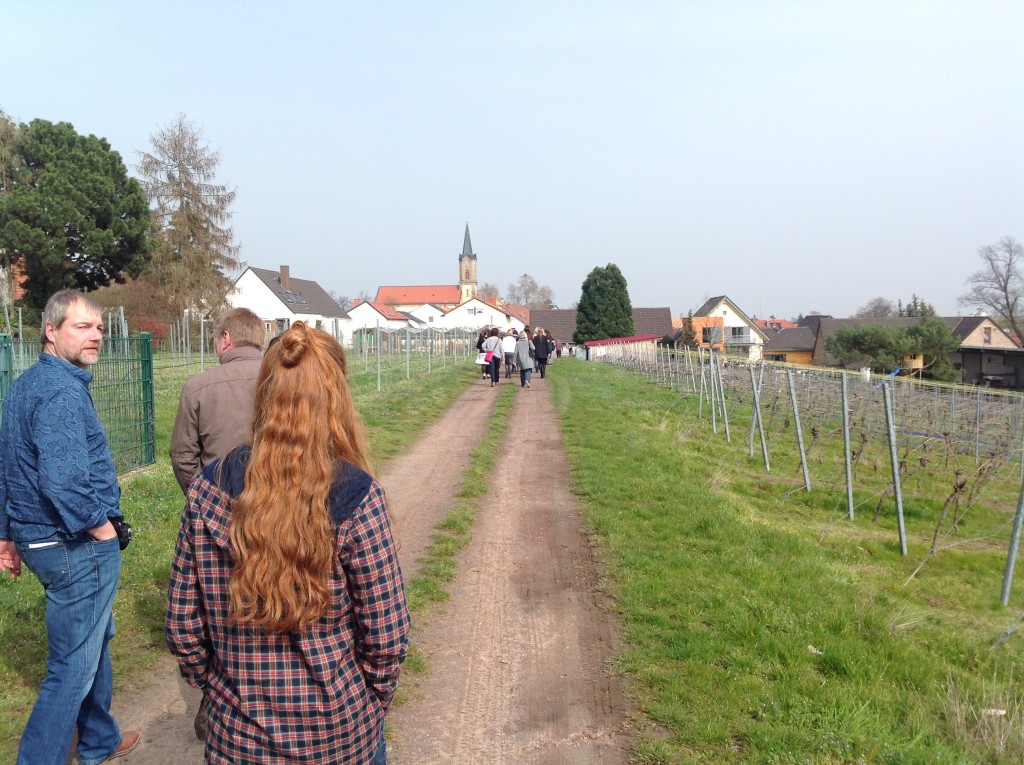
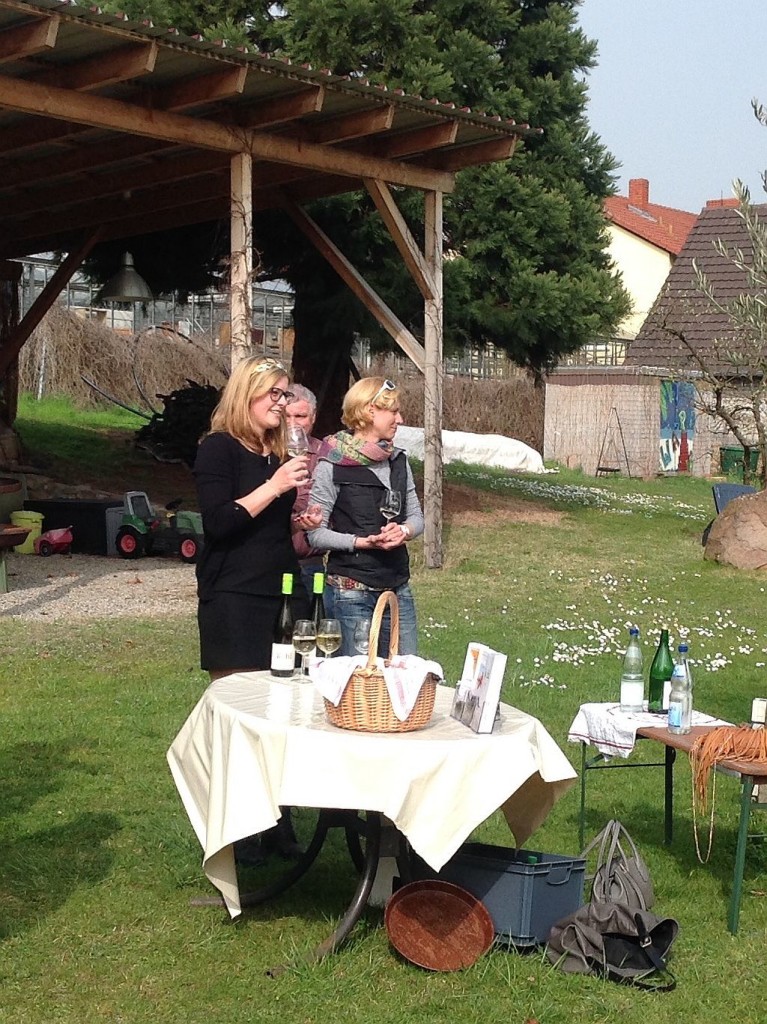
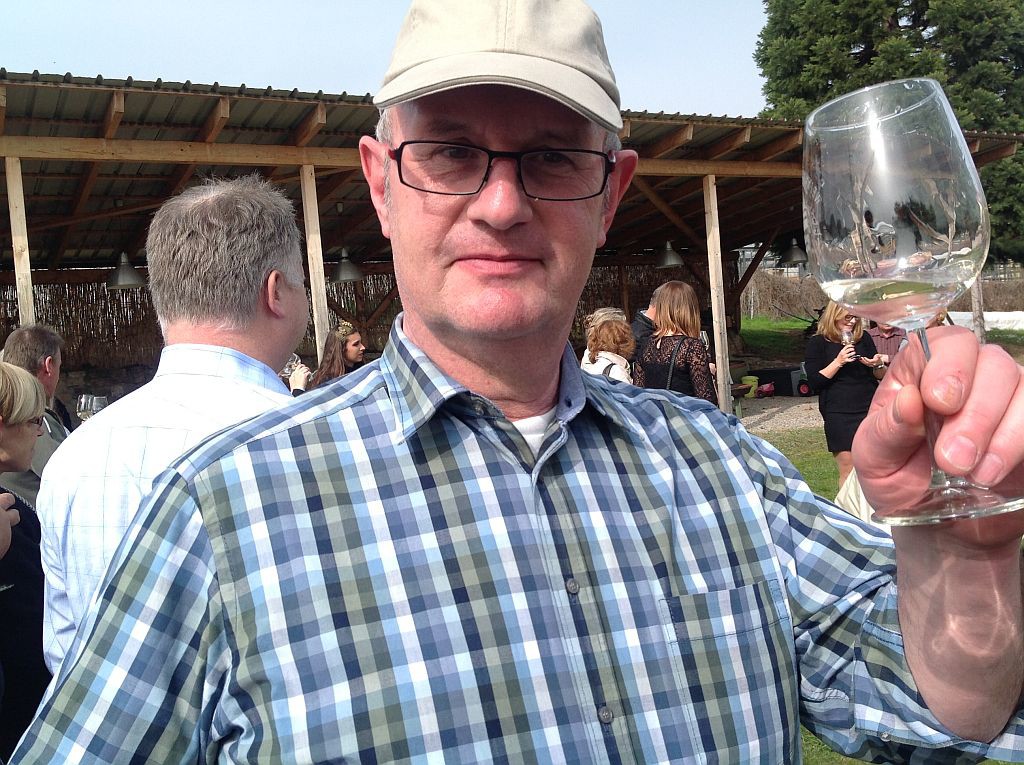
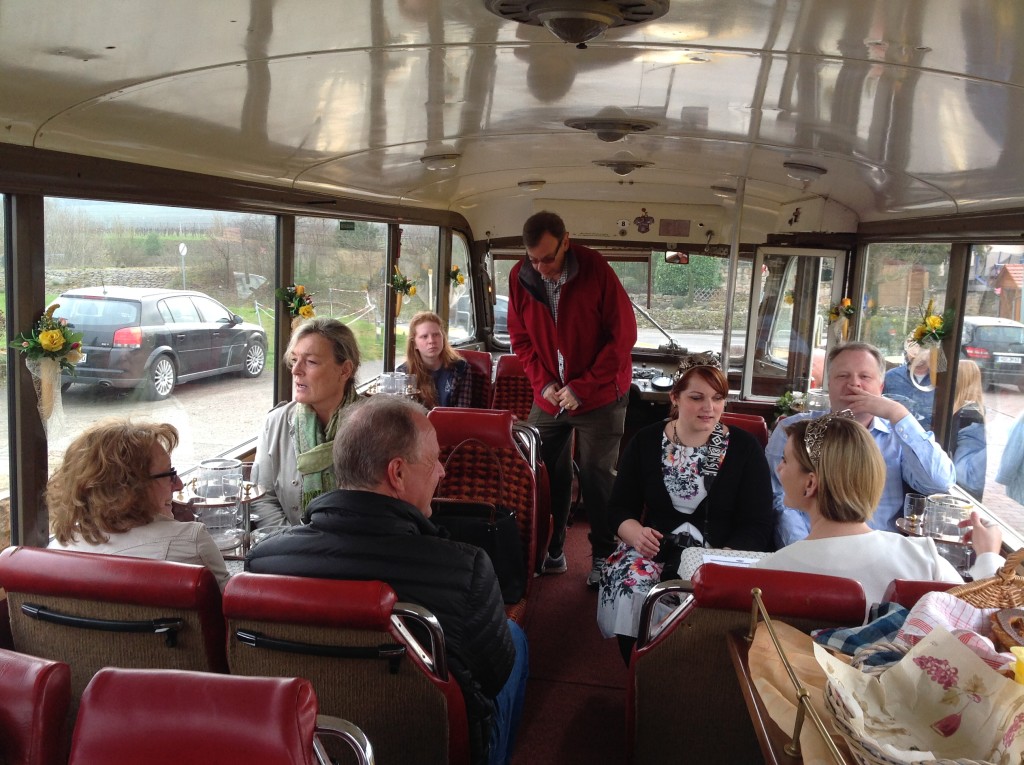

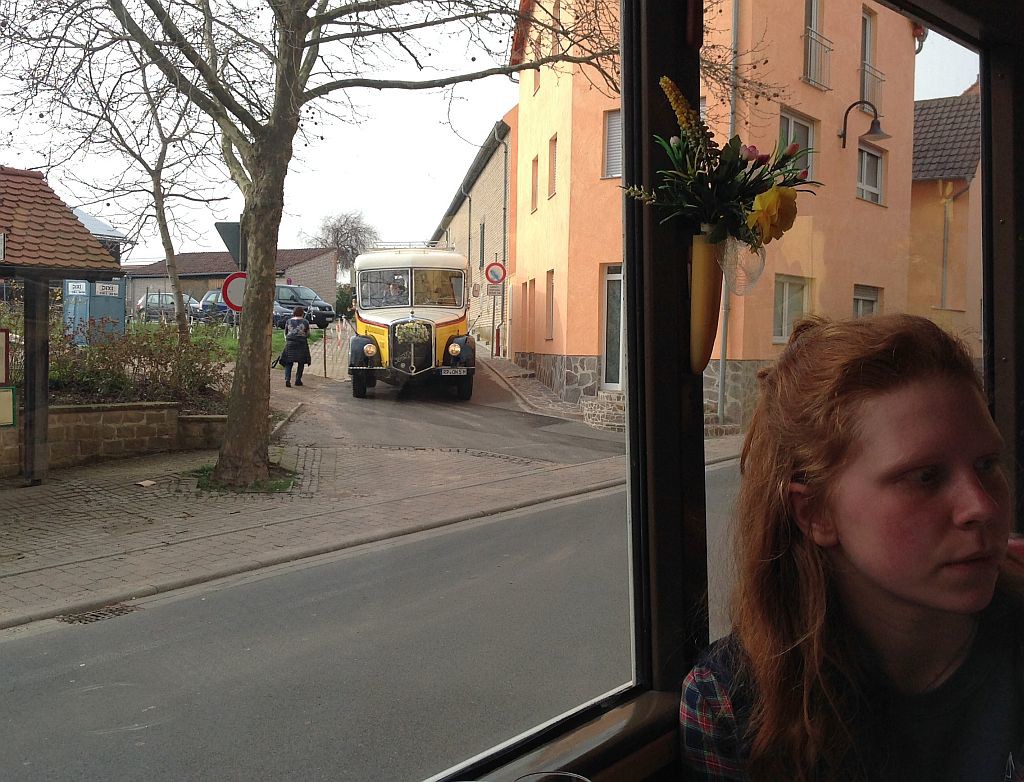

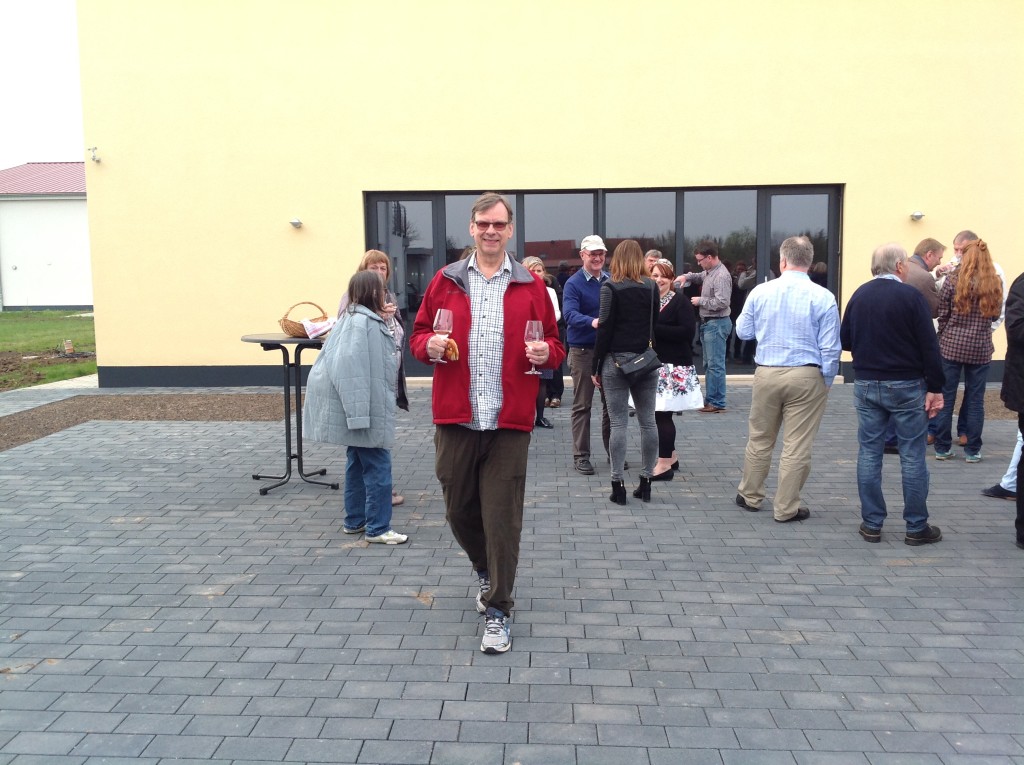
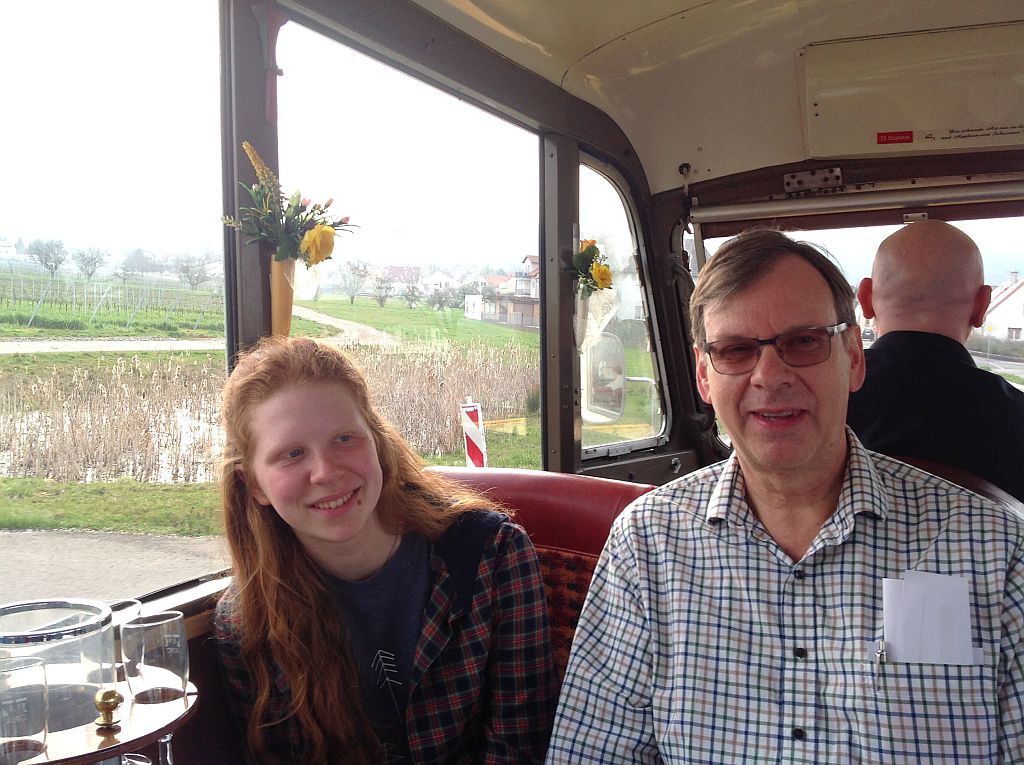
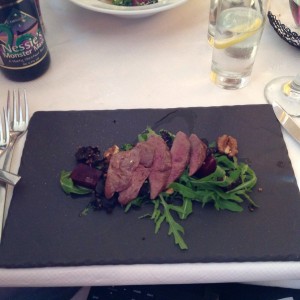
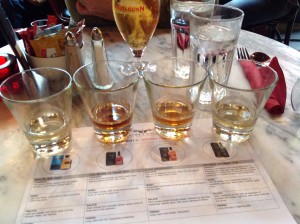


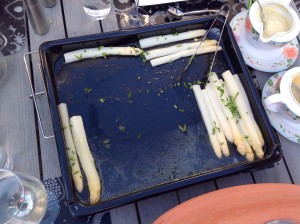
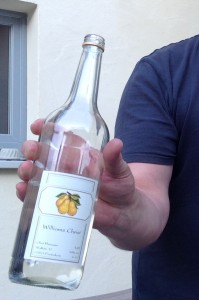
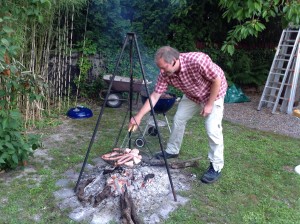

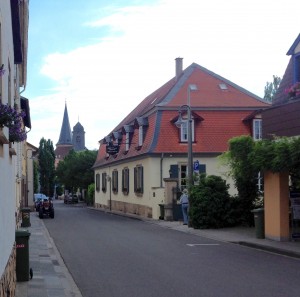
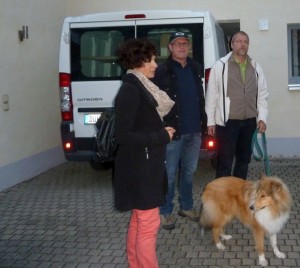
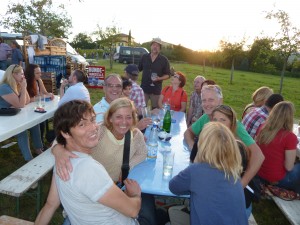
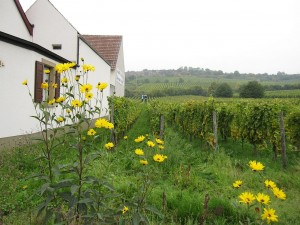
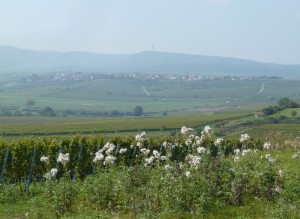
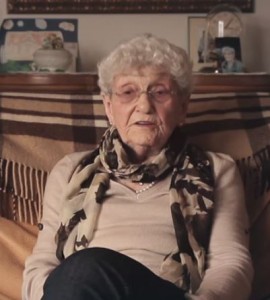













 Many wonderful things occurred during my recent visit to Germany. For instance, this interview published in Die Rheinpfalz newspaper.
Many wonderful things occurred during my recent visit to Germany. For instance, this interview published in Die Rheinpfalz newspaper.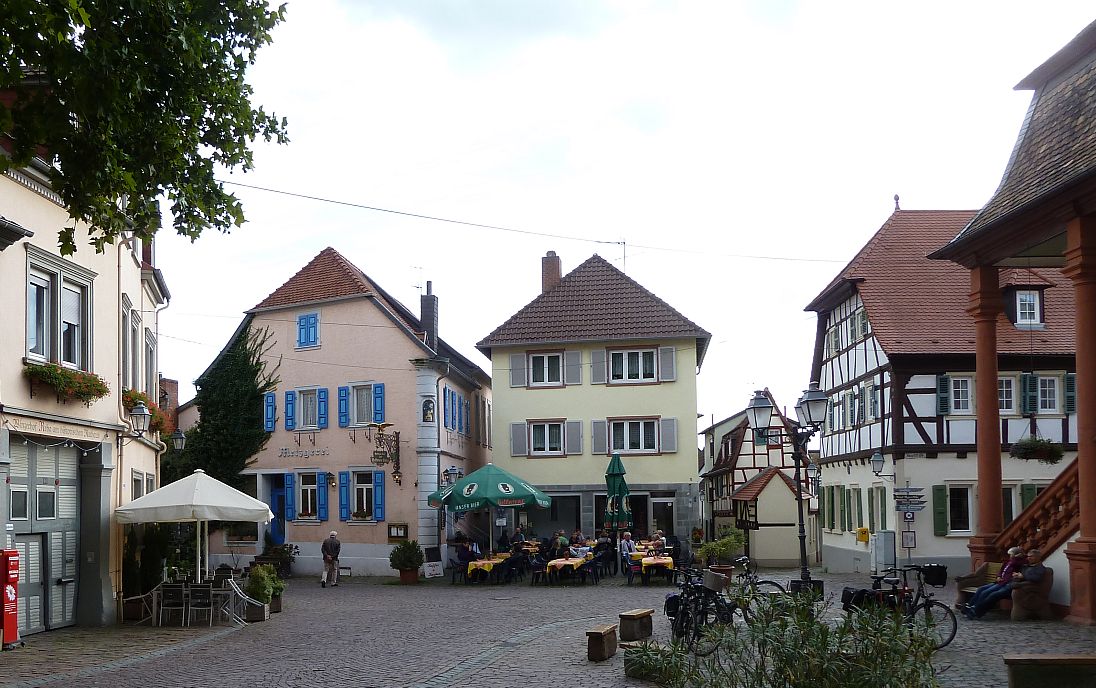

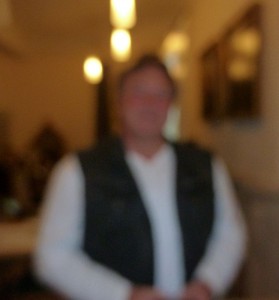 Of course I gave him a copy of my book and couldn’t resist asking if I might take his photo, to which he readily agreed. And look how it came out …
Of course I gave him a copy of my book and couldn’t resist asking if I might take his photo, to which he readily agreed. And look how it came out …